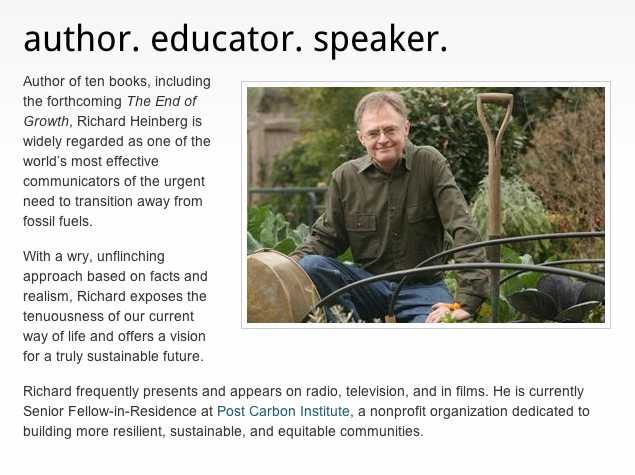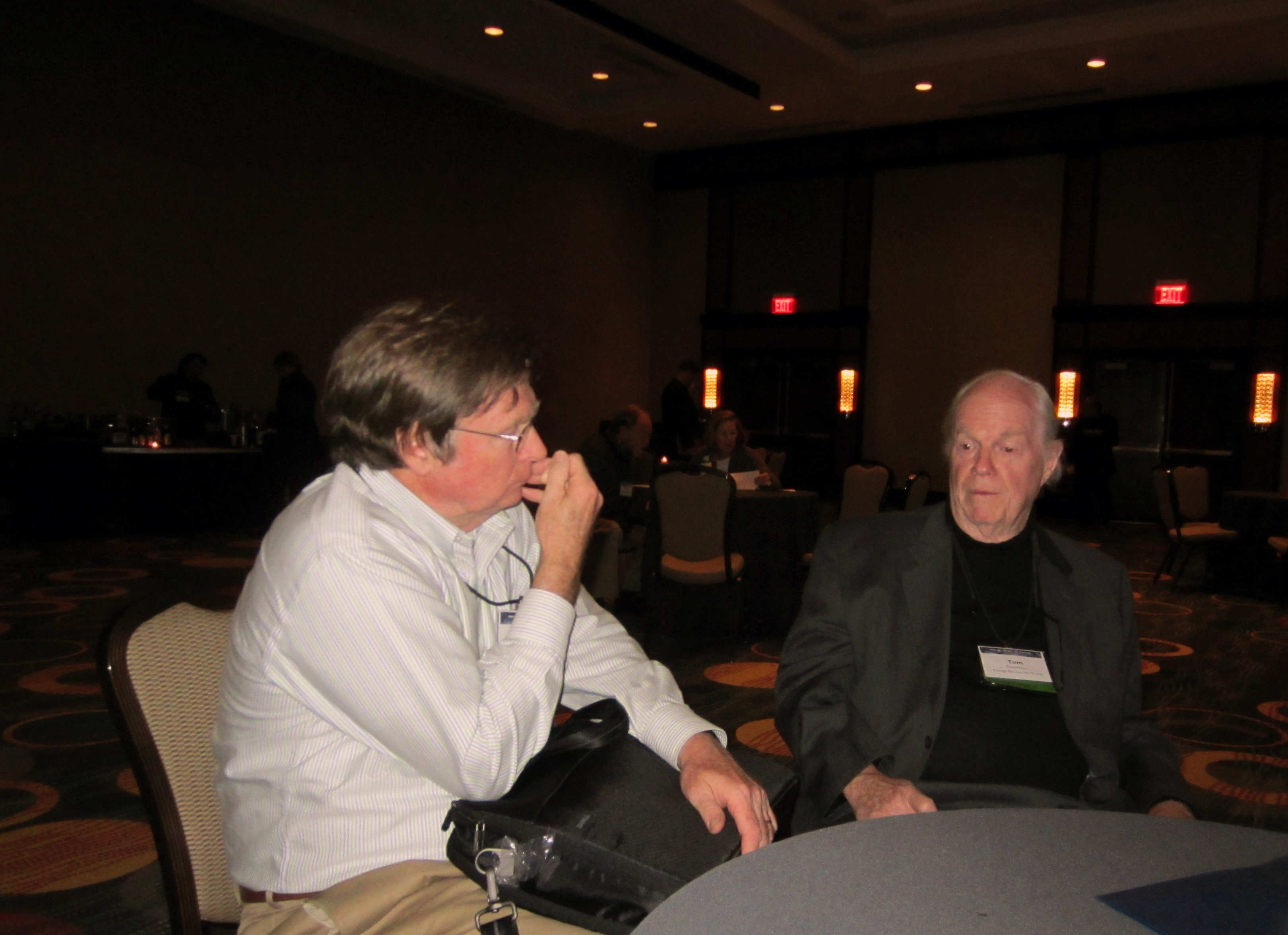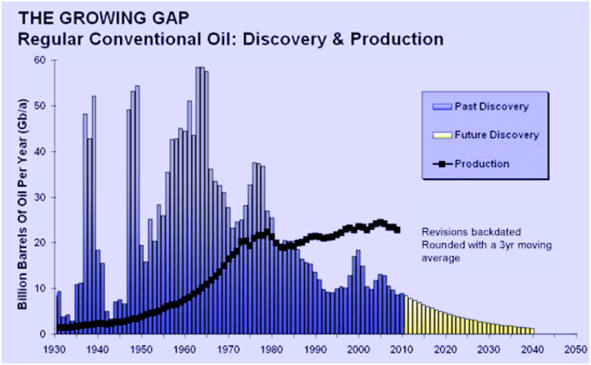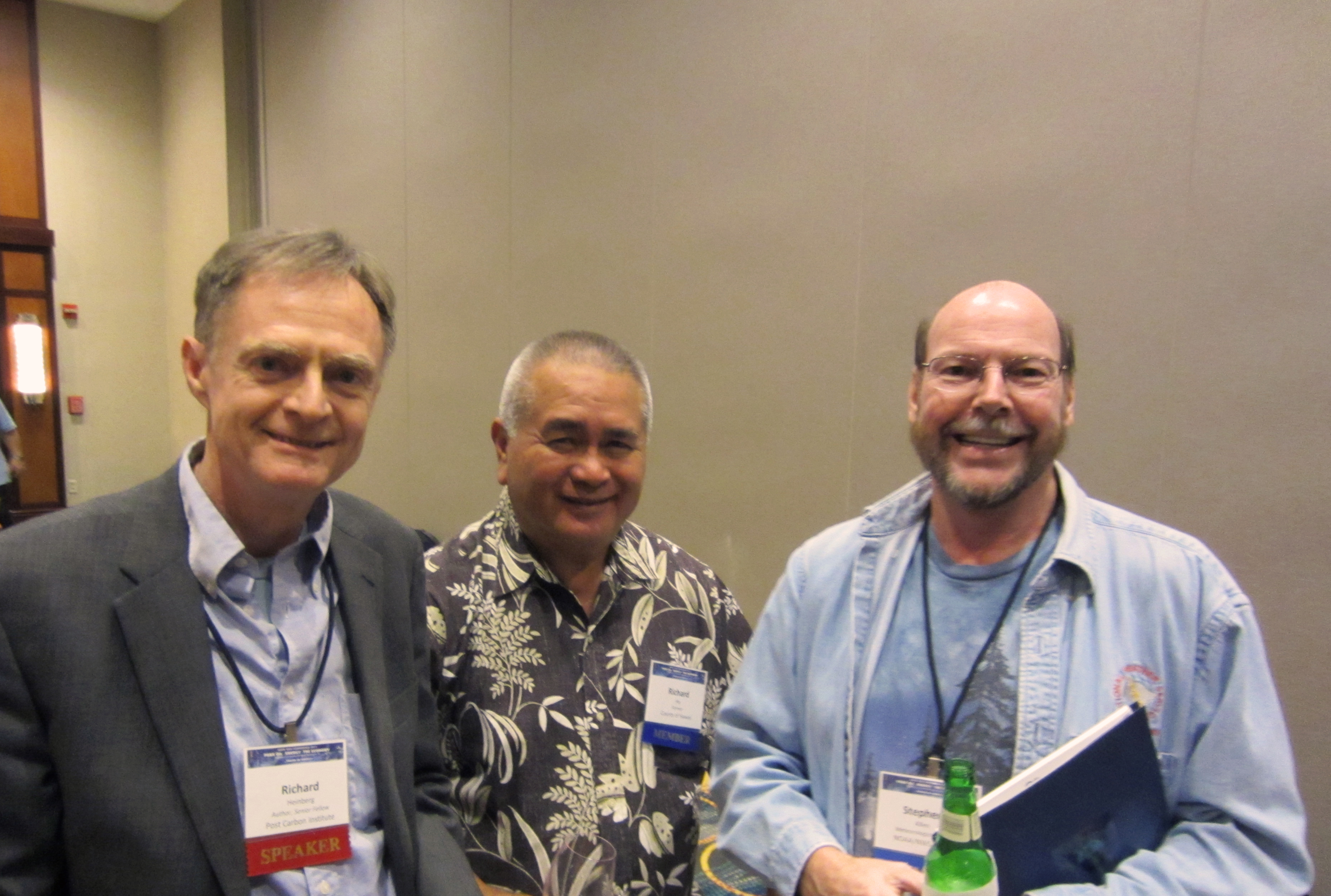Cully and Meleana Judd invited me to dinner at the Outrigger Canoe Club with Richard Heinberg and some of their friends. What a treat.
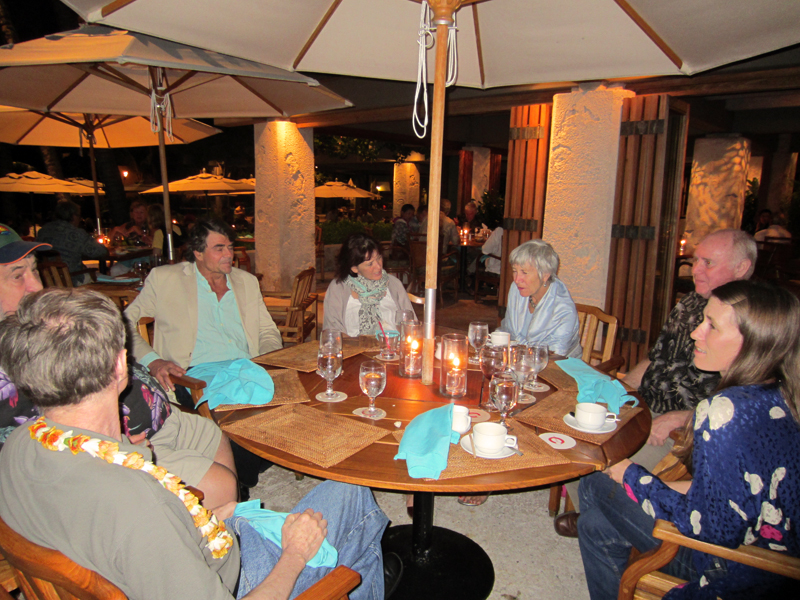
I sat on one side of Richard. We all talked energy all evening. Nice people, and great conversation. I loved it.
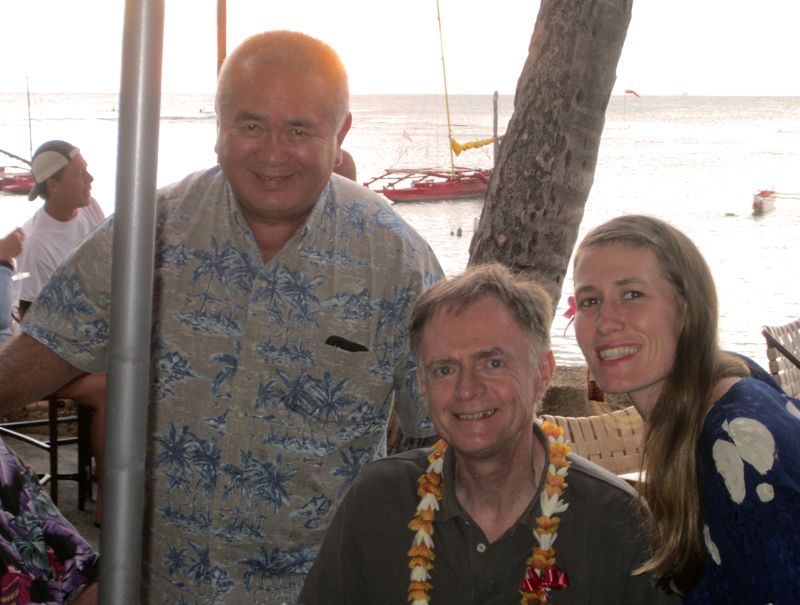
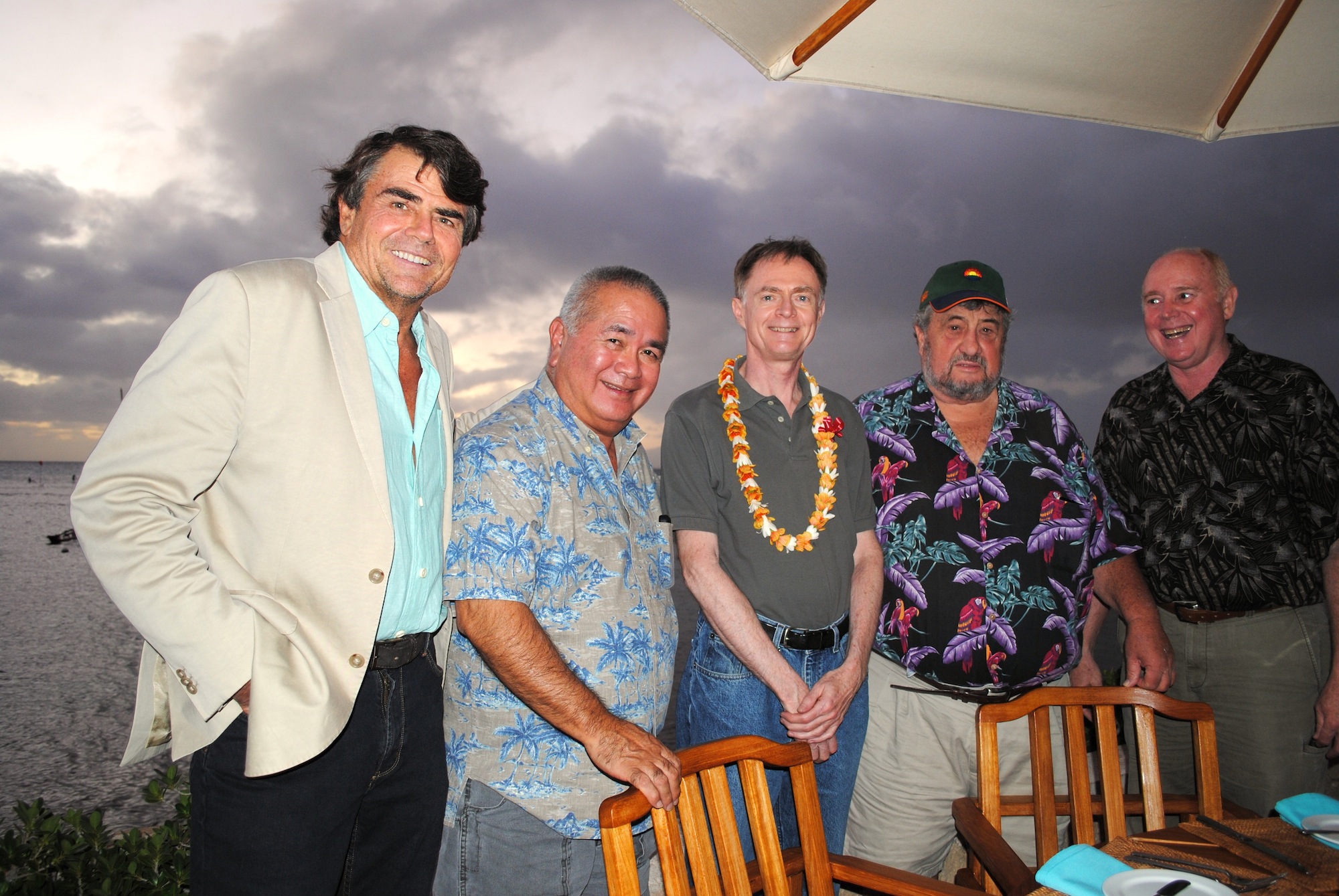
Earlier, I called Cully and asked him: “Eh Cully, What you going wear?” (i.e. What was the dress code?).
He said, “I’m going with shorts or I’m not going.” I said, “Okay. I going with shorts, too.”
I had just seen Richard at the ASPO conference in Washington, D.C. last week. But we did not get a chance to really talk story then. This was a great opportunity. Mahalo, Cully and Meleana.
From Richard Heinberg’s website:
Richard Heinberg is the author of 10 books including:
- The End of Growth: Adapting to our New Economic Reality (June 2011)
- Blackout: Coal, Climate, and the Last Energy Crisis (2009)
- Peak Everything: Waking Up to the Century of Declines (2007)
- The Oil Depletion Protocol: A Plan to Avert Oil Wars, Terrorism and Economic Collapse (2006)
- Powerdown: Options and Actions for a Post-Carbon World (2004)
- The Party’s Over: Oil, War and the Fate of Industrial Societies (2003)
He is Senior Fellow-in-Residence of the Post Carbon Institute and is widely regarded as one of the world’s foremost Peak Oil educators. He has authored scores of essays and articles that have appeared in such journals as Nature, The Ecologist, The American Prospect, Public Policy Research, Quarterly Review, Z Magazine, Resurgence, The Futurist, European Business Review, Earth Island Journal, Yes!, Pacific Ecologist, and The Sun; and on web sites such as Alternet.org, EnergyBulletin.net, TheOilDrum.com, ProjectCensored.com, and Counterpunch.com.
He has appeared in many film and television documentaries, including Leonardo DiCaprio’s 11th Hour, and is a recipient of the M. King Hubbert Award for Excellence in Energy Education.
This short video narrated by Richard Heinberg explains why we have come to “the end of growth.”
More information about Richard can be found on his website.

